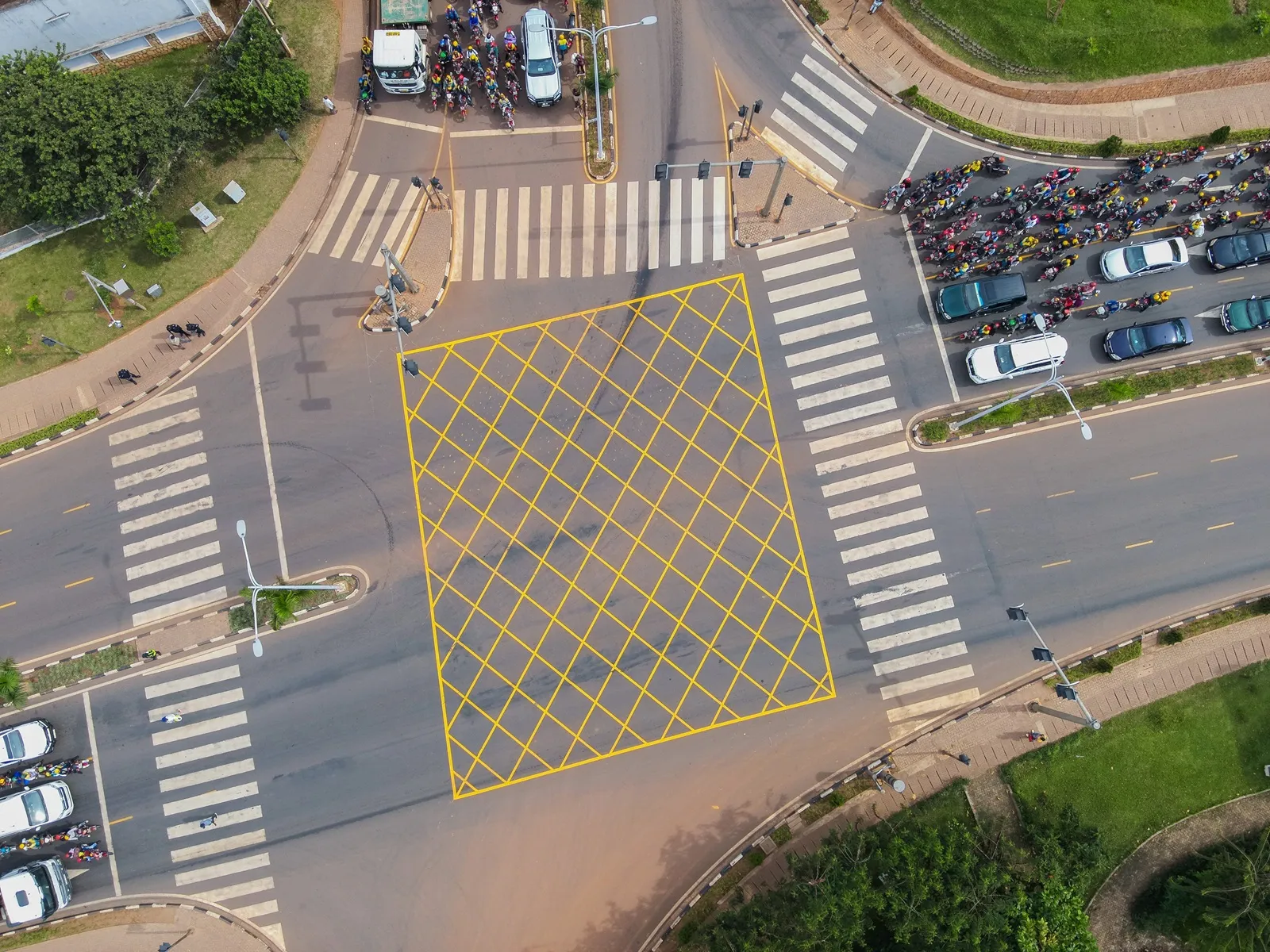The population of the Albanian capital, Tirana has grown rapidly in the past twenty years and the main form of mobility has changed from walking to driving.
With 140,000 motor vehicles now on Tirana's roads, traffic jams and parking problems have become a major problem, while pedestrian areas and cycle lanes are disorganised or non-existent.
The city’s new urban development plan proposes a number of measures, with a focus primarily on the road network and, to a lesser degree, on sustainable modes of
August 21, 2013
Read time: 2 mins
The population of the Albanian capital, Tirana has grown rapidly in the past twenty years and the main form of mobility has changed from walking to driving.
With 140,000 motor vehicles now on Tirana's roads, traffic jams and parking problems have become a major problem, while pedestrian areas and cycle lanes are disorganised or non-existent.
The city’s new urban development plan proposes a number of measures, with a focus primarily on the road network and, to a lesser degree, on sustainable modes of transport. Proposals include the construction of a hierarchical road system, providing new parking spaces and building an integrated public transport system, with a tram system to supplement the bus system.
Municipal officials are confident that the new plan, which came into force in 2013, with its focus on urban development and future transport planning, will accommodate the future planning and development needs of the city.
With 140,000 motor vehicles now on Tirana's roads, traffic jams and parking problems have become a major problem, while pedestrian areas and cycle lanes are disorganised or non-existent.
The city’s new urban development plan proposes a number of measures, with a focus primarily on the road network and, to a lesser degree, on sustainable modes of transport. Proposals include the construction of a hierarchical road system, providing new parking spaces and building an integrated public transport system, with a tram system to supplement the bus system.
Municipal officials are confident that the new plan, which came into force in 2013, with its focus on urban development and future transport planning, will accommodate the future planning and development needs of the city.










